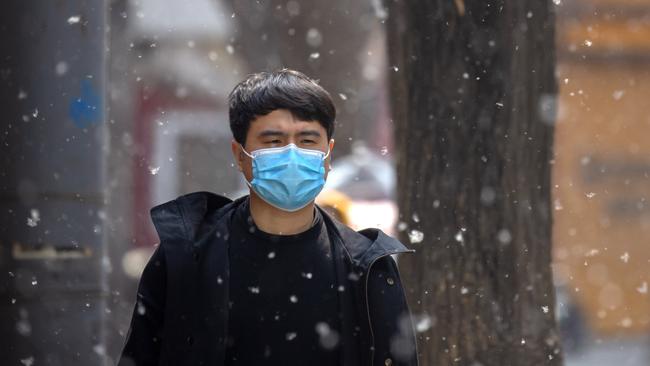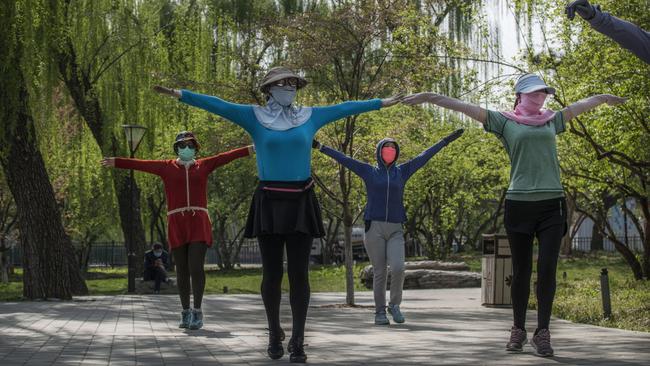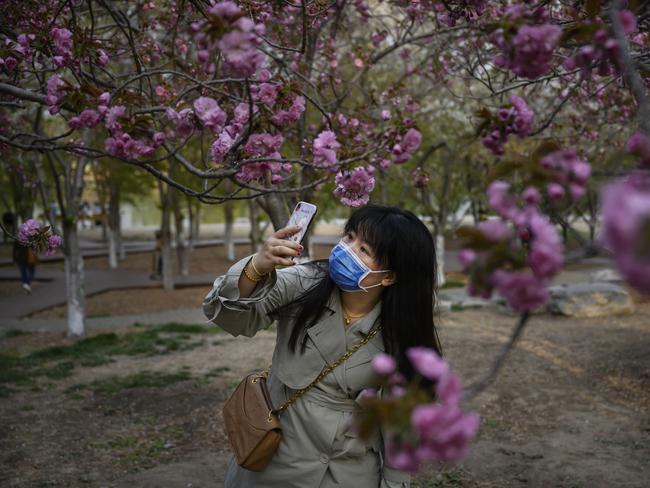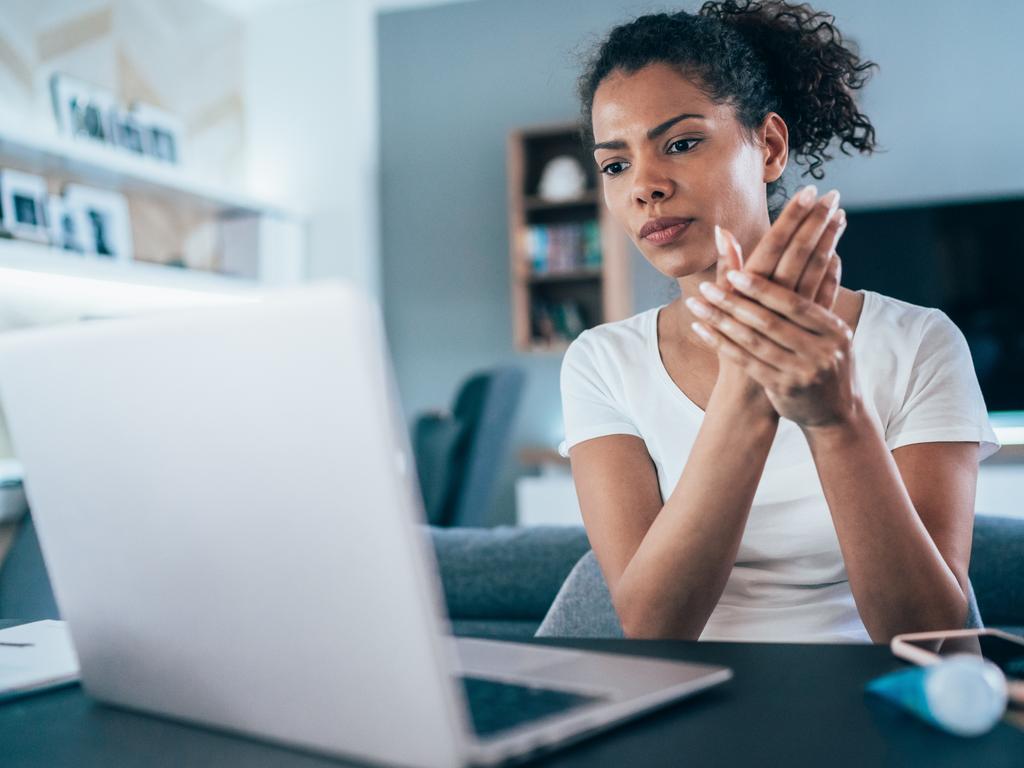Hayfever paranoia a symptom of coronavirus crisis
A cough, a headache and a worryingly runny nose. I now have three of the five most common physical symptoms of COVID-19. And is that a sore throat?

A cough, a headache and a worryingly runny nose. I now have three of the five most common physical symptoms of COVID-19.
“And is that a sore throat?” I thought as I woke up in my Beijing apartment on Tuesday morning.
These are discomforting times for hayfever sufferers in China.
Liu, from Henan province, explained the terror well in Monday’s edition of the China Daily.
“I couldn’t focus on my work that day and thought many times about where I had been and whether I was likely to have been in contact with anyone related to a novel coronavirus patient since returning to Beijing,” Liu wrote of her anxiety after displaying “flu-like” symptoms.
A doctor at a hospital clinic said her problem was not coronavirus, but hayfever.
While not as deadly as the plants in The Day of the Triffids, the vicious pollen in Beijing has to be experienced to be believed. The city’s meteorological service even measures pollen levels, along with temperature, rainfall and — China’s other silent killer — air pollution.
The almost 300,000 female willow trees planted within the capital’s fifth ring road, part of a city-wide tree planting project, are particularly troubling for us red-nosed and icy-eyed.
Demonstrating a consideration for others that has been a hallmark of the coronavirus response throughout East Asia, Liu wore a face mask, goggles and a hat when she went outside. She wanted to reduce her hayfever symptoms that were alarming office colleagues.
Her boss’s response?
“She politely asked me to work at home for a week and then get one more check, which made me quite embarrassed,” Liu said.
Further complicating life for China’s hayfever sufferers is that some of the coronavirus health advice is in direct conflict with their efforts to keep the awful white clumps of pollen — and the even nastier invisible stuff — out of their eyes, mouths and noses.
That problem is well known to Liang Yan, another Beijinger who recently went to an emergency treatment centre only to be diagnosed with hayfever.
Liang’s Beijing roommate has been opening the windows and doors to their apartment to improve ventilation, as advised by China’s coronavirus-focused health authorities.
“I now wear a mask when they’re open,” he says.

Unlike in late January when Wuhan was put into its 76 days of lockdown, China’s hospital system is now thoroughly prepared for coronavirus patients.
On Monday, grateful residents of Hubei’s capital farewelled hundreds of medical workers from Beijing, before they set off home as Wuhan’s lockdown came to an end at midnight on Tuesday.
According to the official numbers, new daily coronavirus cases in China have been in double digits for a month, with most of them found in Chinese nationals flying home from hotspots around the world.

Displaying symptoms of COVID-19 in the world’s most populous country does not induce the terror it did back in late January when even a policewoman told me to keep away from the Chinese healthcare system.
“Don’t go to the hospital. There are sick people there,” the young officer warned after checking my temperature with a thermometer gun to the forehead.
That was back when having my temperature checked throughout the day was a novelty, not part of the rhythm of my life, like checking the air pollution levels on my phone in the morning or putting on a surgical mask before going outside my apartment.
Today I was scanned on entering my local cafe for lunch (beep), on dropping by a chemist to look for stronger hayfever medication (beep) and as I returned to my apartment compound (beep) after braving the pollen outside. Each beep confirms that I don’t have a fever, COVID-19 symptom number three.
Good news as I battle China’s other silent spreader — which, considering the state of the world, is something of privilege right now.








To join the conversation, please log in. Don't have an account? Register
Join the conversation, you are commenting as Logout